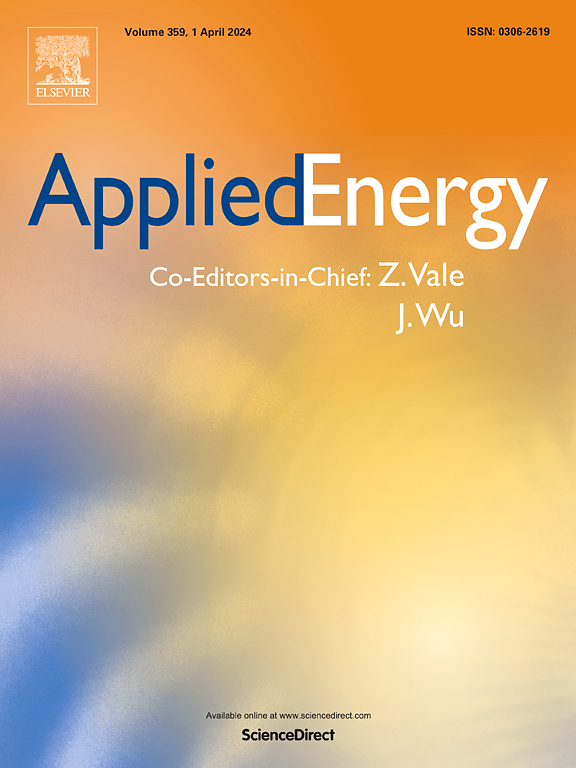先进的太阳能电动汽车停车辅助系统,采用360°虚拟现实成像和实时太阳辐射预测
IF 11
1区 工程技术
Q1 ENERGY & FUELS
引用次数: 0
摘要
由于太阳能电动汽车在白天花费大量时间停放,因此选择合适的停车位对于最大化太阳能发电至关重要。针对这一需求,本研究提出了一种创新的解决方案,以帮助驾驶员选择太阳能电动汽车的最佳停车位。该系统利用安装在车顶上的具有成本效益的360°VR摄像机来捕捉室外停车位的天空图像。使用智能手机分析捕获的图像,以评估潜在的阴影障碍物。该系统还使用实时太阳辐射预测和车辆太阳能发电数据来预测停车期间的充电潜力。该系统在釜京大学大渊校区的室外停车场进行了测试。通过与solmatrix Suneye 210分析的太阳能接入进行比较,以及对安装在车辆上的太阳能电池板进行功率测量试验,验证了该系统的准确性。提出的系统实时分析太阳能接入并预测发电量,允许驾驶员选择最佳停车位,以最大限度地利用太阳能发电。我们的系统通过考虑直接和漫射太阳辐射来确保最佳的太阳能获取。本文章由计算机程序翻译,如有差异,请以英文原文为准。
Advanced parking assistance system for solar electric vehicles using 360° virtual reality imaging and real-time solar radiation forecasting
As solar electric vehicles spend a significant amount of time parked during daylight hours, choosing the right parking spot becomes crucial for maximizing solar power generation. In response to this need, this study presents an innovative solution to help drivers select the optimal parking space for solar electric vehicles. A system was developed that utilizes a cost-effective 360° VR camera mounted on a vehicle's roof to capture sky images in outdoor parking spaces. The captured images are analyzed using a smartphone to assess potential shading obstructions. The system also uses real-time solar radiation forecasts and vehicle solar power generation data to predict charging potential during parking. The system was tested in an outdoor parking lot at the Daeyeon Campus of Pukyong National University. The system's accuracy was verified through comparisons with solar access analyzed using Solmatric Suneye 210, as well as through power measurement trials conducted on solar panels installed on the vehicle. The proposed system analyzes solar access in real time and predicts power generation, allowing drivers to select the optimal parking space for maximizing solar power generation. Our system ensures optimal solar access by considering both direct and diffuse solar radiation.
求助全文
通过发布文献求助,成功后即可免费获取论文全文。
去求助
来源期刊

Applied Energy
工程技术-工程:化工
CiteScore
21.20
自引率
10.70%
发文量
1830
审稿时长
41 days
期刊介绍:
Applied Energy serves as a platform for sharing innovations, research, development, and demonstrations in energy conversion, conservation, and sustainable energy systems. The journal covers topics such as optimal energy resource use, environmental pollutant mitigation, and energy process analysis. It welcomes original papers, review articles, technical notes, and letters to the editor. Authors are encouraged to submit manuscripts that bridge the gap between research, development, and implementation. The journal addresses a wide spectrum of topics, including fossil and renewable energy technologies, energy economics, and environmental impacts. Applied Energy also explores modeling and forecasting, conservation strategies, and the social and economic implications of energy policies, including climate change mitigation. It is complemented by the open-access journal Advances in Applied Energy.
 求助内容:
求助内容: 应助结果提醒方式:
应助结果提醒方式:


